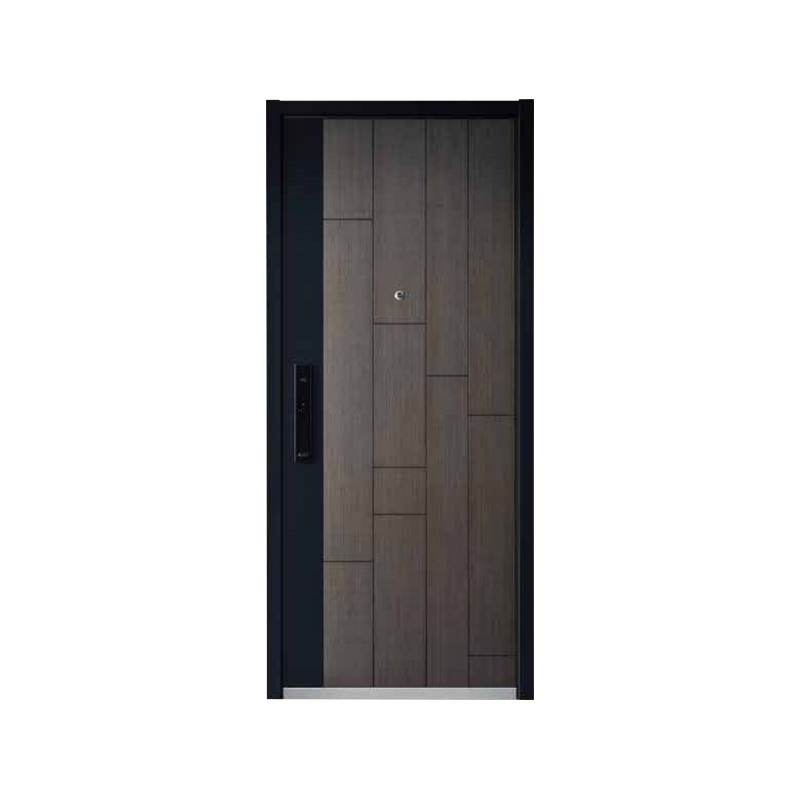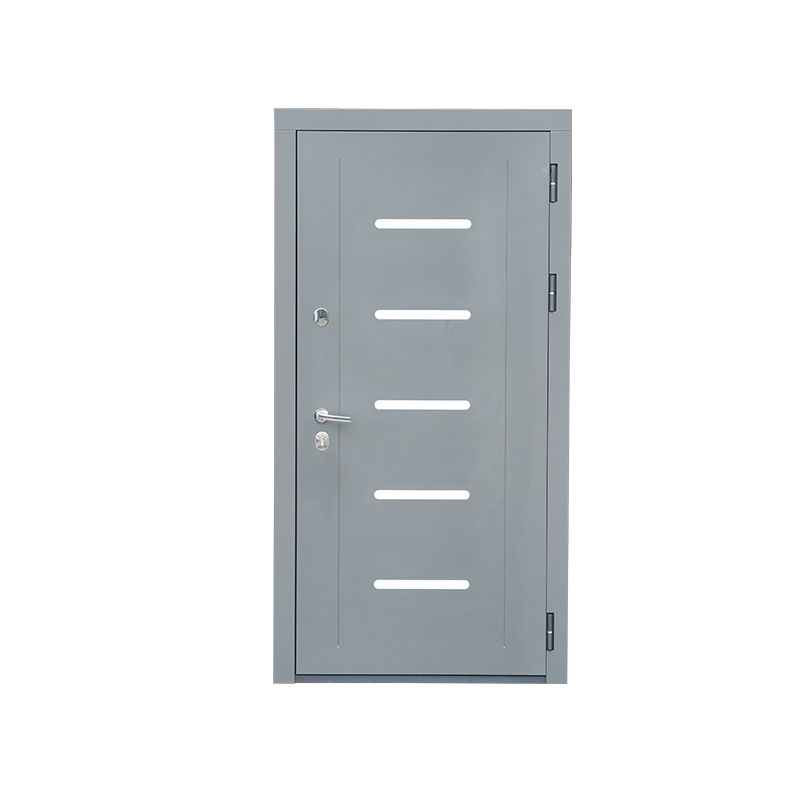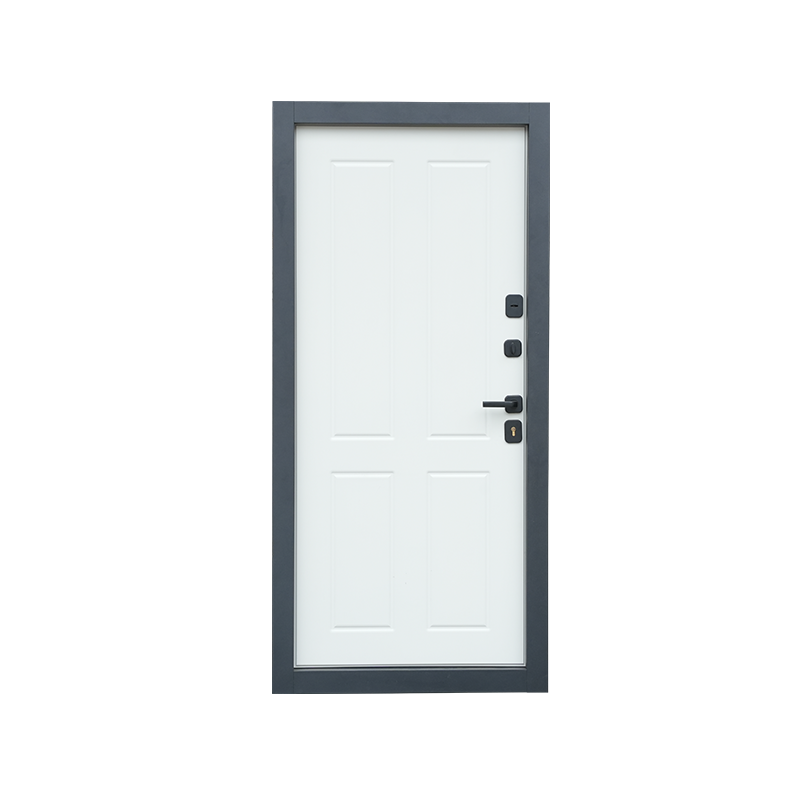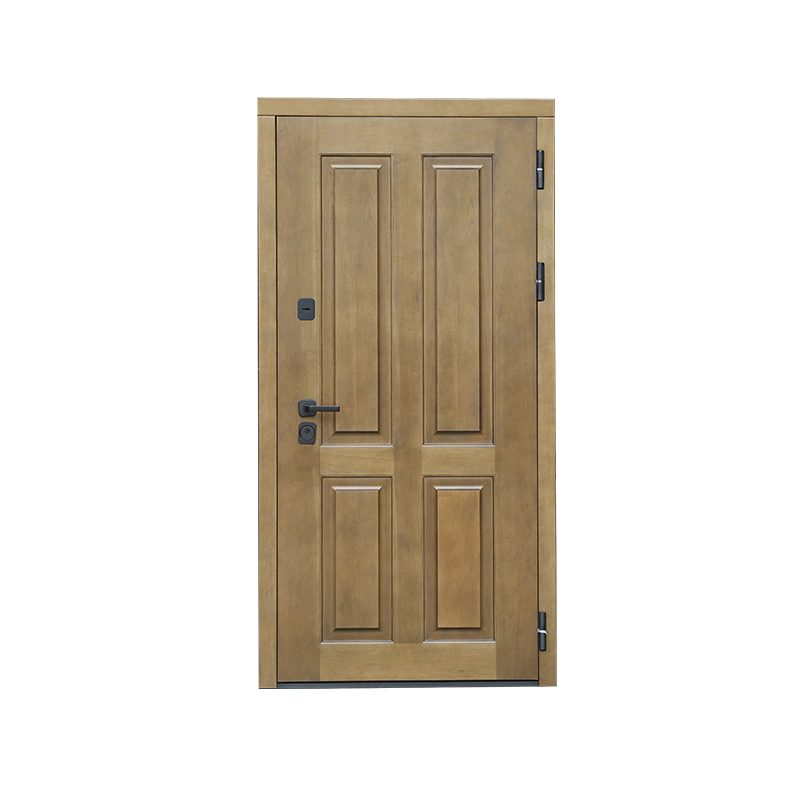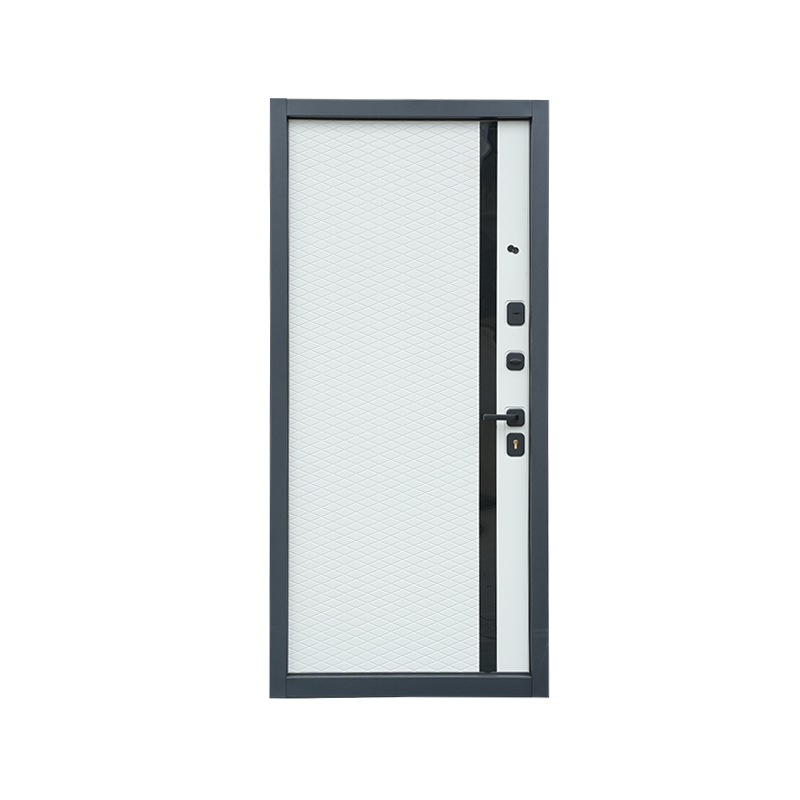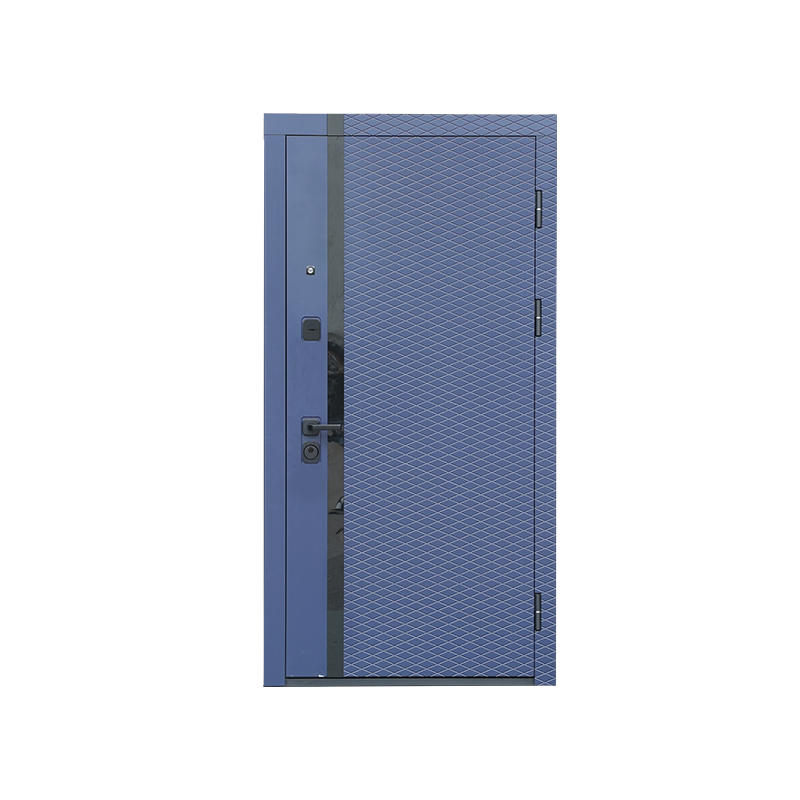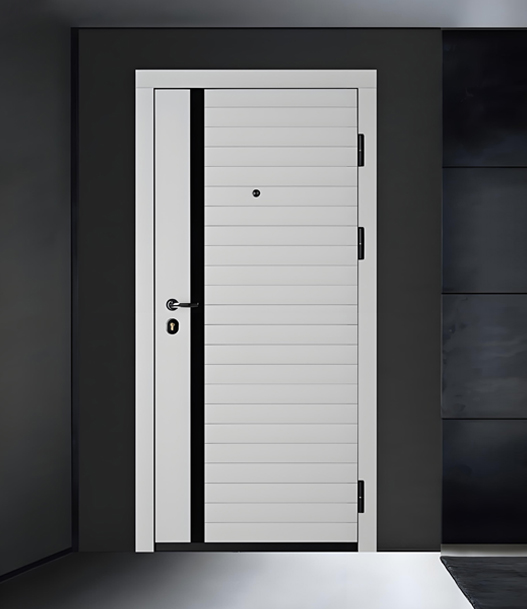Building entrance doors play a crucial role in shaping the functionality, security, and aesthetic appeal of any structure. Serving as the first point of interaction between occupants and visitors, these doors must balance durability, design, and accessibility. Modern building entrance doors are designed to withstand frequent use while maintaining their appearance, providing a reliable solution for both residential and commercial properties. Materials such as reinforced steel, solid wood, aluminum, and glass are commonly used, offering a range of options to meet diverse architectural and security requirements. Energy-efficient building entrance doors have gained popularity, featuring insulated cores and thermal breaks to enhance indoor comfort and reduce energy costs.
Security remains a central consideration in the development of building entrance doors. Advanced locking mechanisms, reinforced frames, and impact-resistant materials help protect against unauthorized access and potential damage. Many doors also integrate electronic systems, including keyless entry, access control panels, and smart locks, allowing property managers and homeowners to monitor and control access efficiently. Smart building entrance doors for commercial use often include features such as remote monitoring, biometric authentication, and automated alerts, enhancing both safety and convenience. Fire-resistant and weatherproof designs further contribute to overall building security, ensuring doors perform well under diverse environmental conditions.
Functionality and convenience are equally important in modern building entrance doors. Automated sliding or swinging mechanisms, ergonomic handles, and smooth operation make entry and exit effortless for users. Some doors also include integrated lighting, motion sensors, or weather seals, enhancing usability while providing additional energy efficiency. These features make modern entrance doors suitable for both high-traffic commercial areas and residential settings, offering practical solutions for a wide range of environments.
Aesthetic considerations are closely tied to material selection and design. Contemporary trends focus on sleek lines, modern finishes, and a variety of textures and colors, allowing building entrance doors to complement overall architectural style. Customizable options enable property owners to achieve a distinctive look while maintaining high performance standards. Glass panels, decorative metalwork, and premium wood veneers are increasingly popular for projects that aim to combine functionality with visual appeal. Multi-panel or pivot door designs provide flexibility in entryway layout, accommodating both traditional and modern building designs.
Innovation continues to influence the building entrance door market. Manufacturers are introducing features such as smart sensors, automated lighting, enhanced weatherproofing, and noise reduction technologies. Sustainability has also become a priority, with eco-friendly materials and energy-efficient manufacturing processes gaining attention. Recycled metals, responsibly sourced wood, and low-VOC coatings are examples of environmentally conscious choices that appeal to developers and homeowners alike. These improvements ensure that building entrance doors meet the evolving demands of urban developments while supporting environmental considerations.
Maintenance and durability remain essential for long-term performance. High-quality finishes, corrosion-resistant coatings, and protective hardware help preserve the door’s appearance and functionality over time. Some products are designed for modular repair or component replacement, reducing the need for complete door replacement and lowering long-term costs. Regular inspections and proper care extend the lifespan of the entrance, making it a practical investment for property owners. The combination of strength, convenience, design versatility, and sustainability makes modern building entrance doors a valuable component of any structure.
Conclusion
Building entrance doors are more than just entry points; they are integral elements that combine security, functionality, and aesthetic appeal. By incorporating durable materials, advanced locking systems, accessibility features, and customizable designs, modern entrance doors address the needs of both residential and commercial properties. Innovations such as energy-efficient construction, smart technology integration, and eco-friendly materials enhance both performance and user experience.

 English
English русский
русский Español
Español عربى
عربى